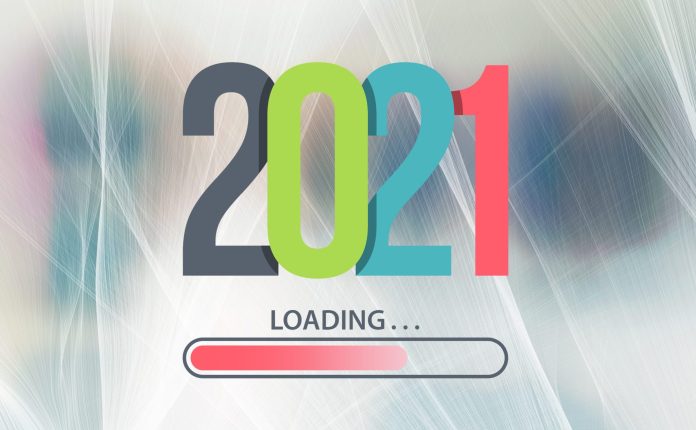Amidst the pandemic, the economic uncertainty has certainly constrained demand and funding for many IoT projects. However, we’ve also seen an acceleration of innovation as it seeks to support a new ‘normal’. IoT and wireless connectivity have become the lifeblood of driving digital transformation across numerous industries. Here are three areas in IoT that we can expect to see a major change or growth in 2021.
Smart-building applications for health and wellness
Covid-19 has sparked a steady climb in the adoption of smart building solutions. From commercial and retail to office and hospitality, building owners and operators are leveraging new wireless sensor technologies to effectively enforce new building guidelines and protocols, ensure optimal ventilation, sanitation and social distancing.

Sensors that count the number of people entering and exiting buildings as well as dwell times in specific areas like elevators, waiting rooms and bathrooms, are being used to pinpoint over and under-utilized areas to help streamline janitorial services and ensure safe distancing practices.
Smart cleaning technology is providing an additional step, by monitoring the fill levels of consumables like soap, sanitizer and paper towel, to ensure timely refills and encourage regular hygiene. Indoor environmental quality (IEQ) monitoring is also on the rise. Monitoring critical indoor climate factors like air quality, temperature and humidity are proving vital to providing a healthy, comfortable and productive indoor environment.
This growth in smart-building applications will also mean a surge in low-power wide-area network (LPWAN) adoption. While modern building environments incorporate multiple connectivity layers including integrated cellular, future 5G and traditional Wi-Fi networks, these technologies alone are not feasible for the new era of IoT sensor networks.
They are too power hungry, have costly infrastructure requirements, are limited in scalability and have significant interference issues. The right network infrastructure for smart buildings must balance all criteria: scalability, robustness, affordability, range and power efficiency.
LPWAN technology offers the highly power-efficient and affordable connectivity that is much needed for a generation of IoT devices that are mostly low-bandwidth, high-range endpoints. Using free subGHz spectrum together with modern communication principles like frequency hopping make LPWAN a versatile solution to connect structurally complex, multi-story commercial buildings.
Subscribe now to get the daily newsletter from RCR Wireless News
Multiprotocol IoT support
As we’ve seen with the connectivity options for smart buildings, not all wireless technologies are created equal and not all can manage every use case. For this reason, we can also expect to see growth in multiprotocol support. Devices that combine the complementary strengths of different wireless standards and frequencies in one design, increases flexibility, integration and as new IoT use cases rise, makes it feasible for more complex sensor networks to exist.
For example, LPWAN and BLE together provide short-range, inter-device communications with a long-range backhaul to allow the deployment of IoT networks in a significantly broader geographic area. This flexibility is increasingly important as more IoT sensor networks are deployed in far flung, industrial locations like remote oil and gas fields.
In addition, multiprotocol will bridge the gap between existing and new technologies enabling legacy sensors to work in new environments and be deployed in new use cases. In addition to devices, multiprotocol support will also be paramount in the next generation of IoT network and device management solutions.
A streamlined IoT value chain
Architecting a solution from sensor to dashboard typically involves a complex ecosystem of different vendors from chipset, sensor and device manufacturers, to network management, backend systems, analytics and visualization platforms. This chain has become a balancing act for the system integrator who must integrate all of the components to ensure they can deliver seamless end-to-end solutions to the customer.
Because of varying cost structures, limited integration capabilities and fragmented expertise, we will see more companies building or acquiring new competencies to extend their role across the value chain to streamline the overall solution. With the goal to eliminate costly and complex steps and help get IoT solutions to market faster, the roll-out of IoT solutions will further accelerate broader adoption across different verticals.
In today’s world, connectivity is the glue that holds the future of digitalization together. It is a top requirement for bringing any IoT project to fruition and is a key enabler for making data driven decisions, from improving processes and efficiencies to enhancing the safety and health of everyone.
Wolfgang Thieme is the co-founded and chief technology officer at BehrTech. He worked for over 10 years at Fraunhofer Institute for Integrated Circuits where he led the advancement of early stage technology development and technology transfer processes with a specific focus on integrated circuits, and communication and sensor technologies.

